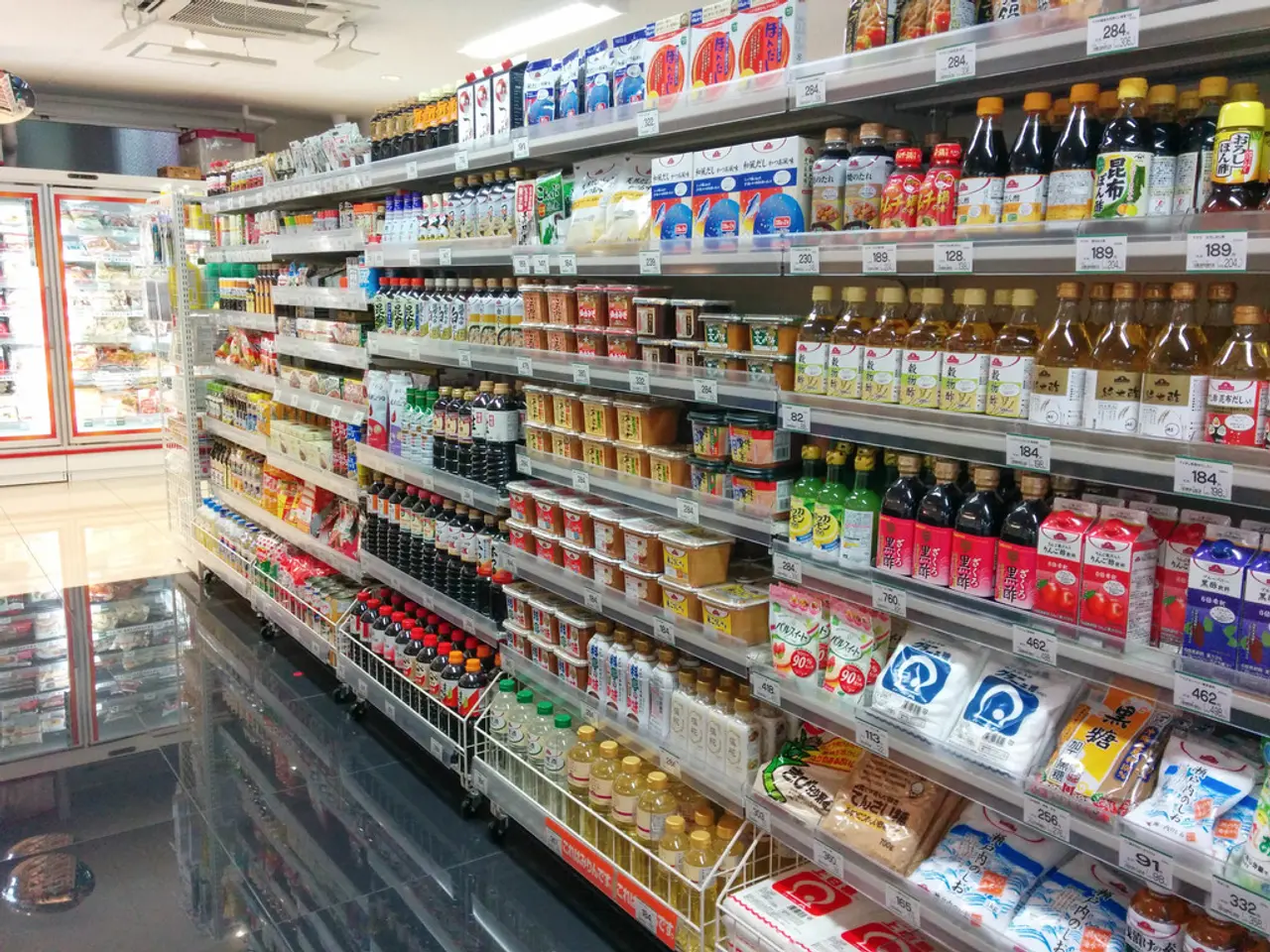Enhancing PCB Layout for Efficient Manufacture: A Continuation (Part 2)
In the ever-evolving world of electronics, the design of flexible printed circuit boards (FPC) plays a crucial role in ensuring reliability, manufacturability, and cost-effectiveness. Here are some recommended techniques for optimising the layout of Flex PCBs:
**Via Design**
Using teardrop-shaped vias instead of standard circular vias can help reduce mechanical stress points, while ensuring large annular rings that are at least 0.2mm wider than the drill hole can improve reliability and prevent damage during flexing. It is advisable to avoid placing vias in high-stress bending areas, especially dynamic flex zones, as through-holes are prone to cracking.
**Bend Radius**
Following minimum bend radius guidelines is essential. The radius (R) should be at least 6 times the total flexible circuit thickness (t) for static bends, and greater than 10 times (t) for dynamic flex applications that require millions of flex cycles without failure.
**Component and Signal Layout**
Arranging core components and unit circuits according to the signal flow direction can help minimise complexity. Keeping wiring, especially critical signal lines and power loops, as short as possible can reduce noise and improve signal integrity. Decoupling capacitors should be placed very close to power supply pins.
**Layer and Material Optimisation**
Simplifying the design by reducing layer count and selecting materials optimised for cost and performance can help reduce manufacturing complexity and expense.
**Transition Area Design**
At flex-to-rigid transitions, it is important to carefully manage impedance matching within ±10% to avoid signal reflections. Consider thermal expansion mismatches between FR4 and polyimide substrates to prevent mechanical stress. Maintaining specified distances from flex-rigid joint areas can ensure mechanical reliability.
**Stress Relief Features**
Using reinforcing areas with punched holes away from flex edges can help strengthen areas prone to mechanical stress without impeding flexibility.
**Manufacturing Verification**
Using PCB layout software tools such as Design Rule Check (DRC) can help verify spacing, trace widths, and via placements, avoiding errors that could compromise manufacturability and reliability.
These techniques collectively help in reducing costly revisions, improving yield, and ensuring reliable operation of FPCs in both static and dynamically flexing applications.
Other practices include introducing stiffeners in specific areas to enhance mechanical rigidity, especially around mounting components. The maximum board thickness should not exceed a certain requirement after all lamination and plating processes. The rigid-flex air-gap construction method eliminates flex adhesives within the rigid sections and improves bendability. Flex board models can be created using stiff paper or mylar. To improve reliability during flex printed board routing, use larger bend radii, staggered traces, and avoid sharp corners.
In the realm of financing for the electronics industry, implementing these optimized techniques for Flex PCB layout can potentially attract investors due to the promise of cost-effectiveness and reliability. The material selector plays a significant role in this, as choosing cost-effective materials can reduce manufacturing expenses. Meanwhile, technology advancements like the rigid-flex air-gap construction method showcase the industry's commitment to innovation. Adherence to these techniques and practices, such as maintaining specified distances during flex-to-rigid transitions, can foster confidence in the manufacturing process, thus making the technology more attractive to investors and stakeholders alike.




